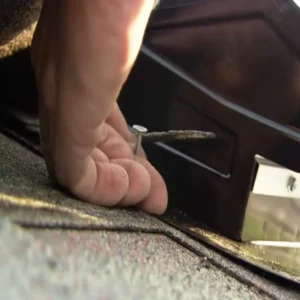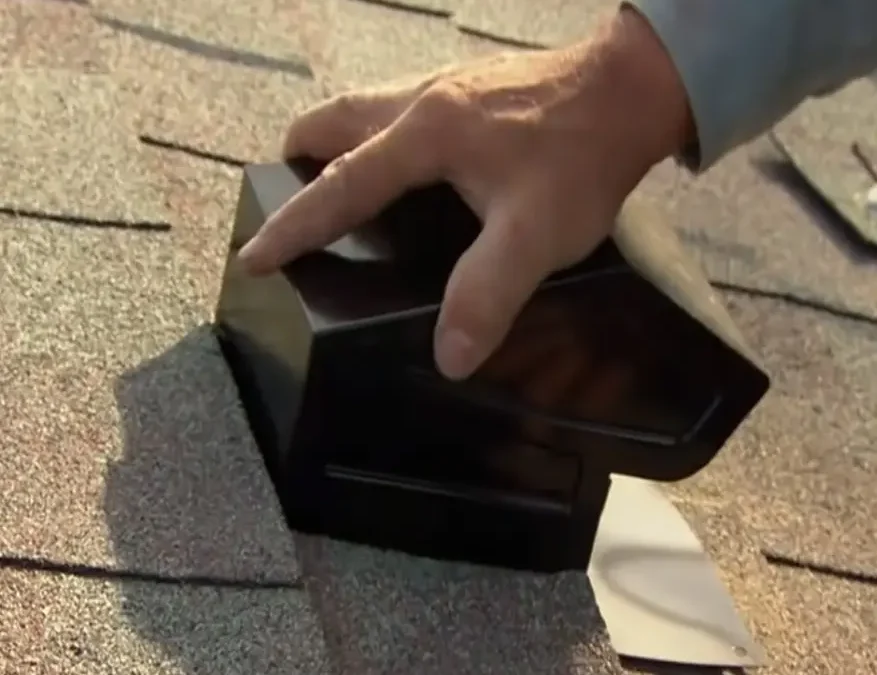How to Properly Vent a Bath Fan Through the Roof
As a seasoned roofing contractor with over three decades of experience in the industry, I’ve encountered various challenges related to attic ventilation and roof venting. One common issue that homeowners face is improper ventilation of bath fans, leading to mold growth and other problems in the attic. In this blog post, I’ll share detailed tips and examples on how to effectively vent a bath fan through the roof to ensure optimal attic ventilation and prevent potential issues down the road.
Why Proper Attic Ventilation is Important
Before diving into the specifics of venting a bath fan through the roof, let’s first understand why proper attic ventilation is crucial. Efficient attic ventilation helps regulate temperature and moisture levels, which can extend the lifespan of your roof, prevent mold and mildew growth, and improve indoor air quality.
Identifying Ventilation Issues
One of the most common ventilation issues homeowners face is venting bathroom fans into vented soffits. This can lead to moisture buildup in the attic, causing mold growth and structural damage over time. As a licensed roofer, it’s essential to identify these issues early on and provide appropriate solutions.
Steps to Vent a Bath Fan Through the Roof
1. Assessment and Planning
- Start by assessing the existing ventilation system and identifying any issues.
- Plan the placement of the vent hood on the roof, ensuring it’s positioned away from vented soffits.
2. Marking the Hole Location
- Mark the spot on the roof for drilling the hole, typically in the middle of the rafter bay.
- Use a nail to drive through the roof sheathing and shingles to mark the location.
3. Installing the Vent Hood
- Use a vent hood with features like a gravity-closing door and critter screen to prevent airflow when the fan is off.
- Remove roof shingles and drill a hole using a hole saw to accommodate the vent hood.
4. Replacing Ductwork
- Replace uninsulated ductwork with an insulated system to prevent condensation in the attic during winter.
- Use sleeves and foiled duct tape to connect and secure the ductwork to the roof.
5. Sealing and Securing
- Apply caulking around the vent hood to create a tight seal, preventing air and moisture leaks.
- Replace and secure shingles with nails to ensure the vent hood is properly installed and sealed.
FAQs About Venting Bath Fans Through the Roof
- Why is proper attic ventilation important?
- Proper attic ventilation helps regulate temperature and moisture levels, preventing mold growth and extending the lifespan of your roof.
- What are the consequences of improper ventilation?
- Improper ventilation can lead to moisture buildup, mold growth, and structural damage in the attic.
- How can I identify ventilation issues in my attic?
- Look for signs of mold, mildew, or moisture damage in the attic, such as discolored sheathing or insulation.
- Can I vent my bath fan into a vented soffit?
- Venting a bath fan into a vented soffit can lead to moisture buildup and mold growth in the attic.
- What is the best way to vent a bath fan through the roof?
- The best way to vent a bath fan through the roof is to use a vent hood with proper sealing and insulation.
- How do I mark the location for drilling the hole on the roof?
- Mark the spot in the middle of the rafter bay and use a nail to drive through the roof sheathing and shingles.
- What tools do I need to install a vent hood on the roof?
- You’ll need a hole saw, vent hood with gravity-closing door and critter screen, caulking, nails, and foiled duct tape.
- Why is it important to replace uninsulated ductwork?
- Uninsulated ductwork can lead to condensation buildup in the attic, causing moisture issues during winter.
- How do I ensure a tight seal around the vent hood?
- Apply caulking around the perimeter of the vent hood and use nails to secure shingles for a tight seal.
- What are the benefits of proper attic ventilation?
- Proper attic ventilation can improve indoor air quality, extend the lifespan of your roof, and prevent costly repairs.
By following these steps and addressing common FAQs, you can effectively vent a bath fan through the roof and ensure optimal attic ventilation for your home.
For professional assistance with roof venting and attic ventilation, contact Ernie’s Roofing, your trusted roofing contractor since 1978 in Denver. Call us at 720-346-ROOF or email us at info@erniesroofing.com. Visit our website at erniesroofing.com for more information.
Remember, proper attic ventilation is key to maintaining a healthy and durable roof for years to come!
Connect with Us:
📞 Call us at 720-346-ROOF
📧 Email us at info@erniesroofing.com
💻 Visit our website: erniesroofing.com

